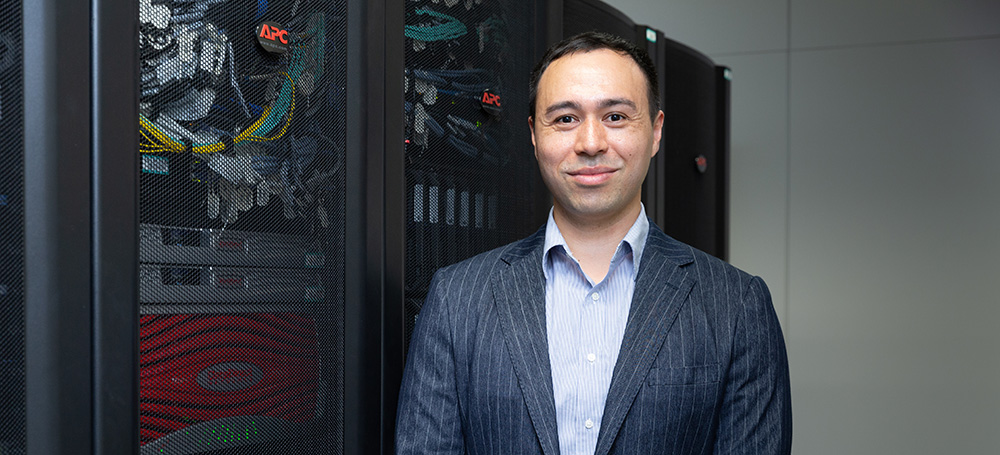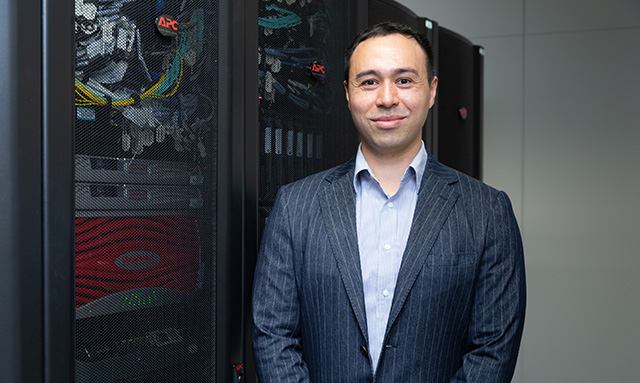Understanding intelligence with the help of automation
May. 10, 2019
Amanda Alvarez


In the history of science, neuroscience is a young field. Most research on the brain has been done in small, disparate experiments, but now new technologies and big projects are producing more data than ever. How do we piece all of that together into a complete understanding of the brain? We obviously have to leverage computers! This is what the new Connectome Analysis Unit at the RIKEN Center for Brain Science (CBS) is doing, under the leadership of Alexander Woodward. As part of the Integrative Computational Brain Science Division, Woodward is focused on addressing the challenges of more and more data. “The brain images we deal with are larger in size and complexity than ever before, and we can’t rely on manually evaluating them anymore. We need to automate and develop new techniques for analysis,” says Woodward.
No stranger to big data, Woodward has previously employed high-performance computing and artificial intelligence as a postdoctoral researcher at the Neuroinformatics Unit, also at CBS. “I want to understand intelligence from an information processing point of view,” explains Woodward, “and the approach now is connectomics, looking at the wiring and relating that to how an organism behaves and comparing healthy versus diseased brains. By deciphering the structural and functional connectivity of the brain we hope to reveal some general principles about intelligence.”
That is a tall order, as Woodward acknowledges: “The hard part at the end of the day is how to use computers to abstract out properties in the data that humans can understand, while not losing the important details.” The transformations that the brain data undergo during processing can be convoluted, requiring a transformation in the researcher’s mindset, too. “I went from a purely engineering background to a more scientific way of thinking” as a postdoc with Takashi Ikegami at the University of Tokyo. “I learned a lot conceptually and philosophically, that you can’t understand intelligence as an isolated thing. It’s not just the brain, but the entire organism and its environment, and it’s non-linear and interconnected.”
Woodward hopes that the number-crunching will help build a map of the connectome of the nervous system, revealing also hidden connections in brain functions beyond obvious physical ones. Though right now the source material is images of marmoset monkey brains, the long-term goal is to apply the computational techniques to human brain images, too.
The Connectome Analysis Unit is hiring researchers and software engineers with backgrounds in AI, neuroscience and website and database development. “It’s a chance to join the global effort of brain mapping that is gaining prominence,” says Woodward. “As part of the Brain/MINDS project, I’ve had the opportunity to interact with so many different perspectives, from molecular biologists and neuroanatomists to computational scientists.”



